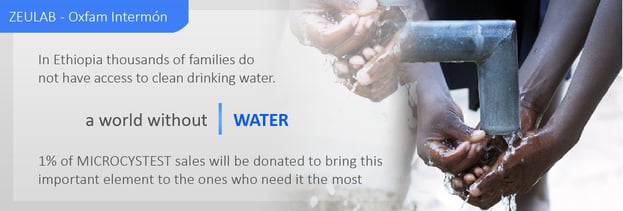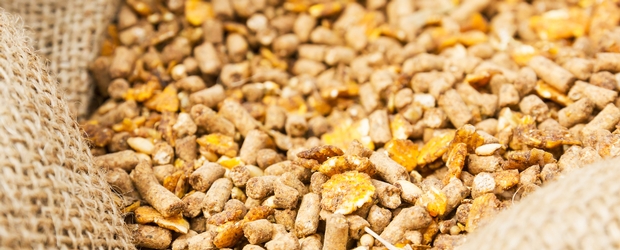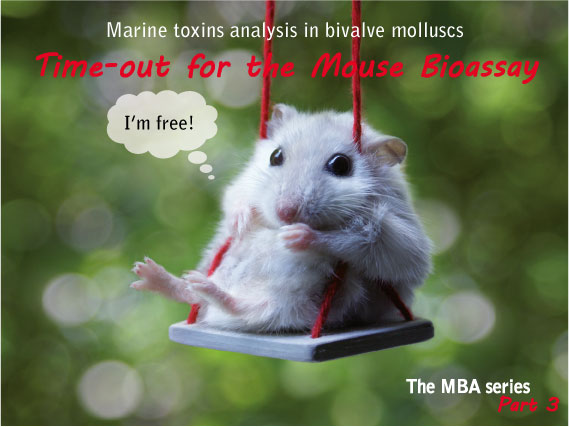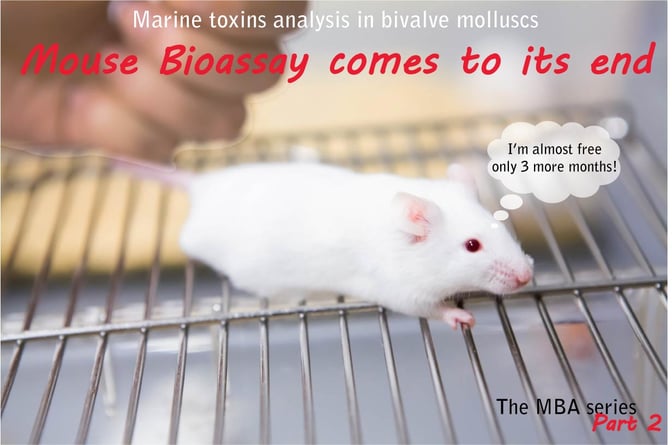According to the OECD-FAO Agricultural Outlook 2014-2023, “world milk production is projected to increase by 180 Mt by 2023 when compared to the base years (2011-2013), the majority of which, 78%, is anticipated to come from developing countries”.
This increase particularly obeys to the rise of population and its income, followed by the expanding popularity and demand of dairy products, mainly due to a westernalisation of consumer preferences and diets in developing countries.
Already in 2012, the USA was the world leader producing almost 91 Mt, followed by India with 54Mt and China producing nearly 38Mt. Brazil held the 4th and Germany the 5th position in the ranking by producing respectively 32.3Mt and 30.5Mt, respectively.





